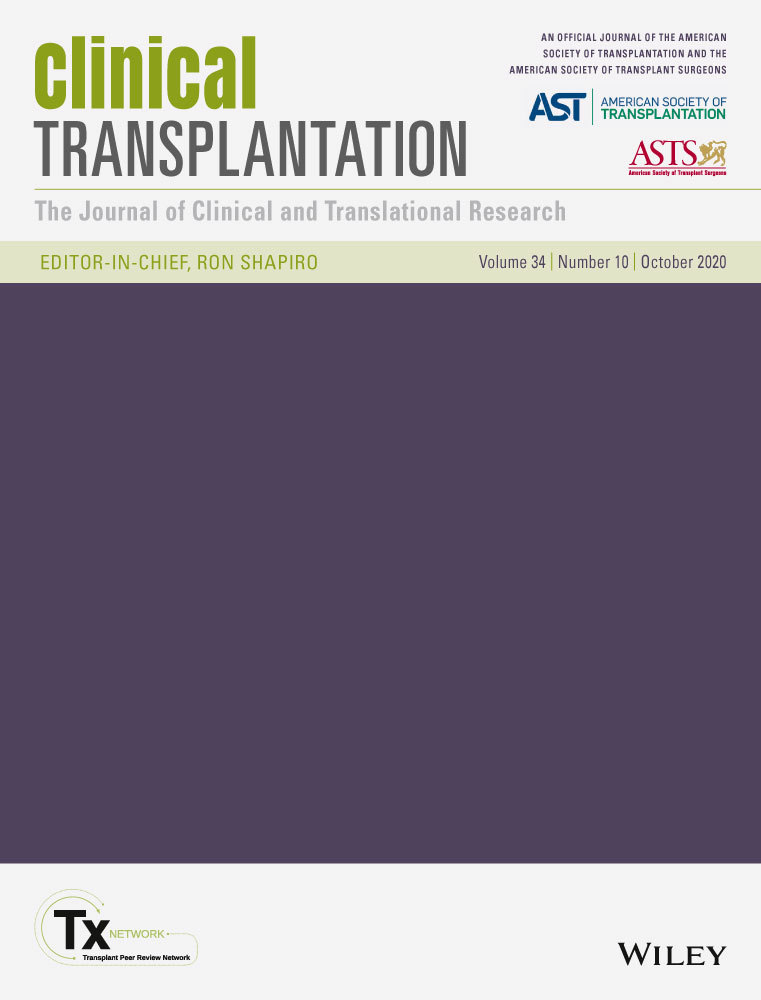Phenotype of immunosuppression reduction after kidney transplantation
Abstract
Background
Immunosuppressive regimens are delivered without direct measure of the net state of immunosuppression. Besides therapeutic drug monitoring, adjustments in immunosuppressive medications are largely event-driven.
Methods
We studied the clinical phenotype of immunosuppression reduction (ISR) among kidney transplant recipients from 2005 to 2012. Patients were grouped into: no ISR, ISR for infection, or ISR for intolerance. Outcome measures were rejection, rejection-free survival, and IFTA-free survival.
Results
1114 adult kidney transplant recipients were included: 57% had no ISR, 16% had ISR for infection, and 27% had ISR for intolerance. ISR for infection was mainly on MMF, while ISR for intolerance was mainly on FK. ISR was associated with higher rates of acute rejection. The Kaplan-Meier analysis showed increased prevalence of rejection among patients with ISR due to infection (P = .003) or intolerance (P = .05). The risk of interstitial fibrosis and tubular atrophy was increased in patients with ISR due to infection (P = .001) or intolerance (P = .018).
Conclusion
Immunosuppression reduction is associated with increased prevalence of rejection. The clinical phenotype of ISR is dominated by IFTA remote from the onset of ISR. Solely focusing on acute rejection may underestimate effects of ISR on long-term graft function and survival.
CONFLICT OF INTEREST
None.




